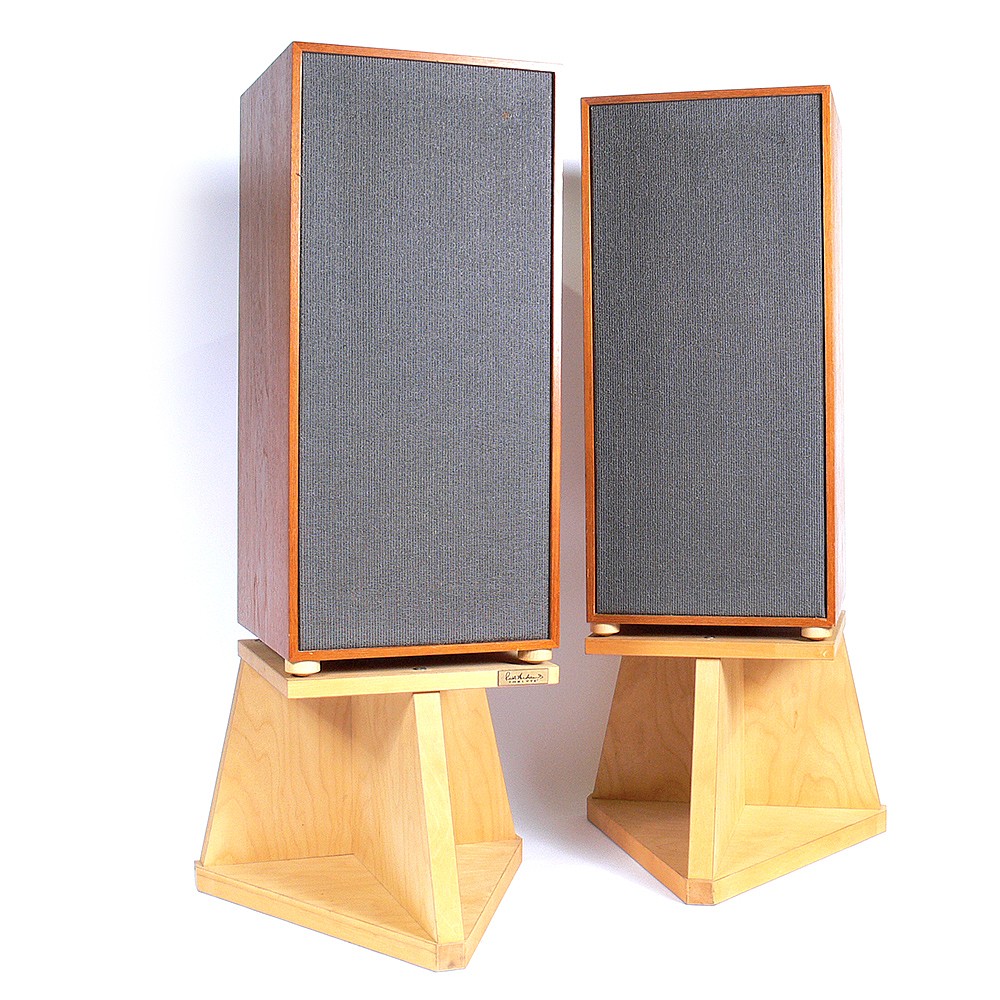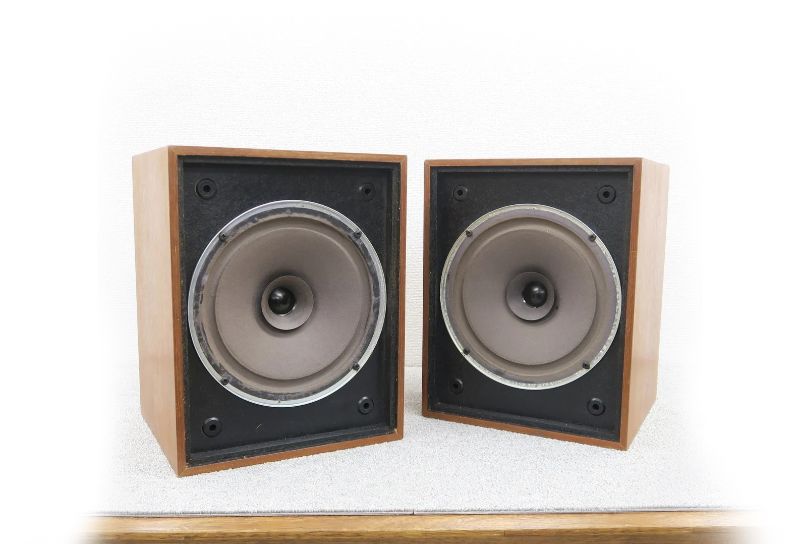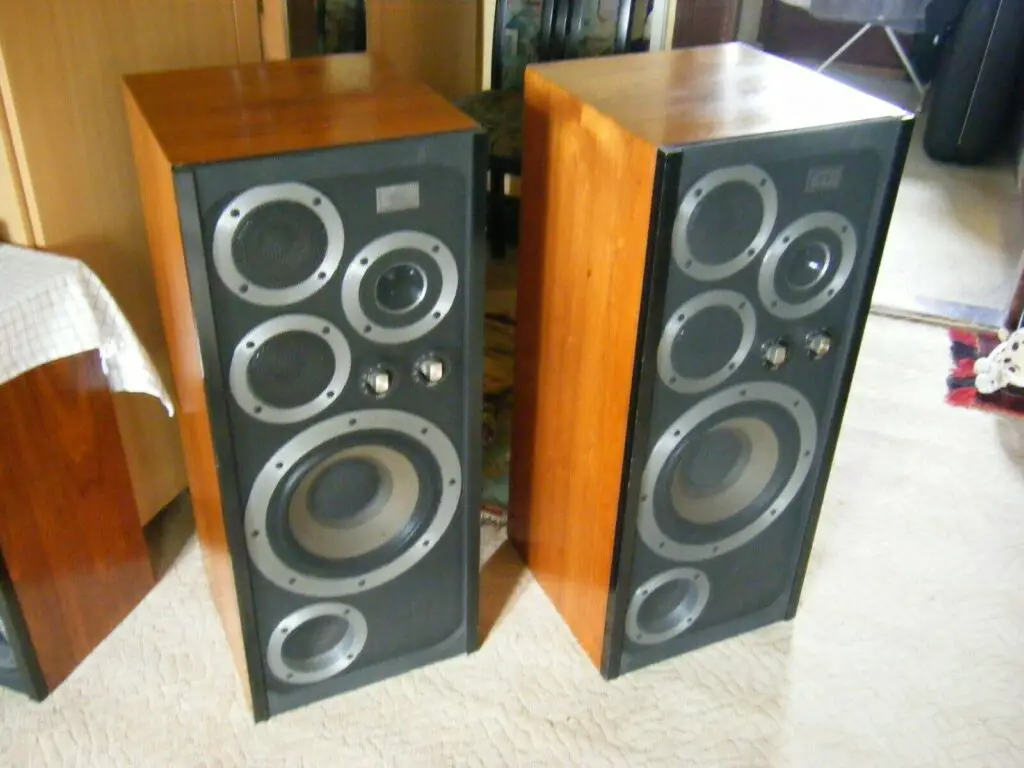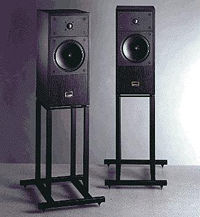Loudspeaker design isn’t the dark art that some consider it to be. Speakers aren’t immune to physics’ laws; in fact, it’s the principles of physics that decide the sound of any particular product. Simply put, there are the cabinets to get right, the drive units to get right, and the interplay between the two to get right. With this in place, any box will have a fighting chance of producing music. As a result, a loudspeaker’s performance is limited by its drive units. The success (or failure) of these will have a significant impact on the final output…
Each generation of loudspeakers uses similar, if not identical, drivers. Even though the units are custom-made by the speaker manufacturer, identical concepts, materials, and manufacturing procedures are used. This is why, for example, speakers from the 1970s tend to sound significantly different from those from the next two decades. However, every now and then, a speaker arises that rewrites the rule book in some way and makes a sound that is unlike anything else – and Spendor’s BC1 was one of them.
The BBC was a driving force behind loudspeaker design for decades, and in the 1960s, it invested a lot of time and money looking for alternate cone materials to the then-ubiquitous paper pulp bass units. Plastics were the obvious solution, and the BBC LS5/5 studio monitor eventually used a novel drive unit material, Bextrene. Spencer Hughes worked as a laboratory technician and was heavily involved in the research and development of plastics.
Hughes made the decision to create a drive unit that could be used “at home.” “With the aid of an electric stove, a compressor working in reverse, and an old iron bedstead, the first vacuum former was made,” he writes in his diaries. “Which turned out to be the first commercial eight inch Bextrene driver, and remains arguably one of the best,” according to the manufacturer.
These drivers, along with the well-known Celestion HF1300 tweeters, were used in the very first set of BC1s. The cabinets were smaller than “the already famous commercial model,” according to Hughes. However, preliminary listening tests revealed that a larger size would boost performance, so development continued. Spencer Hughes saw that this was beginning to jeopardize his BBC contract, therefore the BC1 was offered to them. “Fortunately, the ‘pop’ age had just begun, and the most common desire was for greater power, so the BC1 was turned down,” says the author.
Still, the Beeb was seeking for a pair of speakers similar to the BC1s, so Spencer Hughes began development on the LS3/6, a “official version.” This was eventually offered to Rogers, who was then under Jim Rogers’ influence. The BC1s were soon fitted with an amplifier located in the back panel, as well as the 4001G super tweeter. This enhancement increased dispersion properties and “made the detection of any 625 line breach more easily identified”(!) from a broadcasting standpoint. Spendor was founded, and the BC1 loudspeaker was first produced in 1969, with the BBC receiving a royalty for the work Hughes had done on the loudspeaker while still working by the Beeb.
The speaker was a major commercial success, at least in terms of high-end designs, and was nothing short of a paradigm shift in loudspeaker design in the 1970s. It provided hitherto unseen levels of clarity and distortion-free operation. Of course, by today’s standards, Bextrene falls short, but it was so successful against generic 1960s paper cones (which many manufacturers continued to use well into the 1970s and even the 1980s) that it sparked a widespread switch to plastic drive units.
Plastic cones are relatively heavy in absolute terms, resulting in poor attack transients and a peculiar ‘quacky’ tone. This is clearly noticeable when compared to modern drive units, but when compared to the older generation of paper cones, their decreased coloration and distortion proved to be a tremendous civilizing influence, producing a very even, couth, and finely crafted sound (you can see why the Beeb liked them!). Although the BBC LS3/5a and Linn Kan, as well as the KEF 104ab and Linn Isobarik, were among the first and best examples of Bextrene, the BC1 was the first and possibly the best. All of these had a smooth, even tone, little distortion, and a relatively ‘sedate’ transient ability, as well as a mediocre efficiency; all of these were distinguishing features of plastic drive unit cones.
Spendor BC1s are perennial favorites among their owners these days; they are unusually hard to come by for sale, since those who use them adore them. They’re perfect for individuals who desire a huge, open, fulsome bass and an expansive, neutral ‘monitor’ sound that’s best suited to classical music.
The ‘Bextrene Cone 1’ loudspeaker from Spendor is essentially a three-way system with crossover points at 3kHz and 13 kHz. Similar to the KEF B200 or SP1039, the 8″ mid-bass driver has an inverted rubber surround. The Celestion HF1300 tweeter takes over above 3kHz and continues until 13kHz, when it is replaced by a three-quarter inch plastic dome Coles 4001 supertweeter. The cabinet’s inside dimensions are 300x300x637mm, with a volume of 38.5 liters. The front baffle and back panel are made of 12.3mm Baltic birch, while the side panels are made of 10.5mm Baltic birch with 10mm lightweight bitumen impregnated masonite damping pads. Except for the front baffle, all internal panels are made of 30mm thick polyester foam. The port is adjusted to a frequency of 28 Hz.
Despite the BC1s’ understandable popularity and long production run, they remain rather scarce on the secondhand market since their owners frequently struggle to locate something that totally outclasses them – unless truly large sums of money are available. They do, however, appear on occasion, with prices ranging from £200 to £600 depending on condition. Even at the top of this spectrum, they offer excellent value, at least if openness, neutrality, and scale are prioritized over pace, rhythm, and timing.







